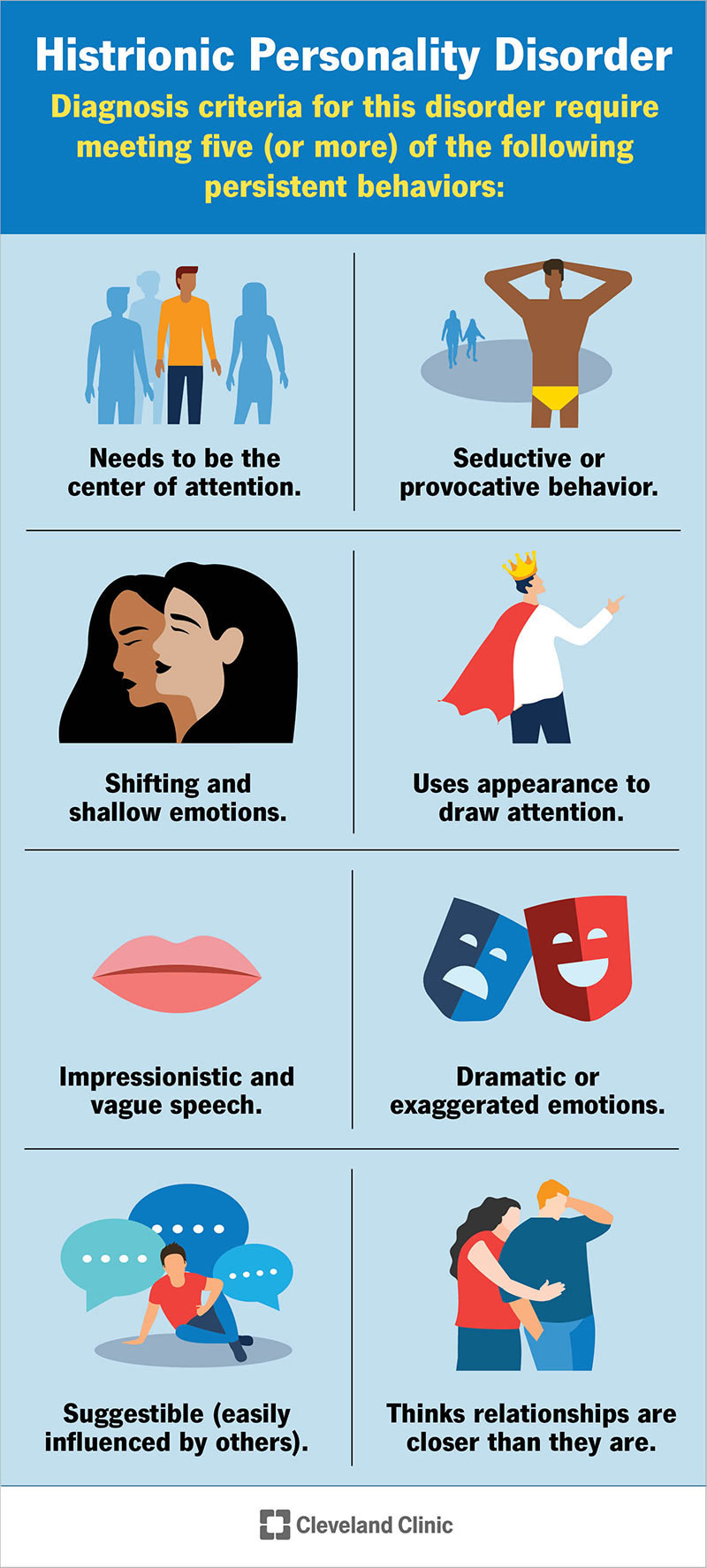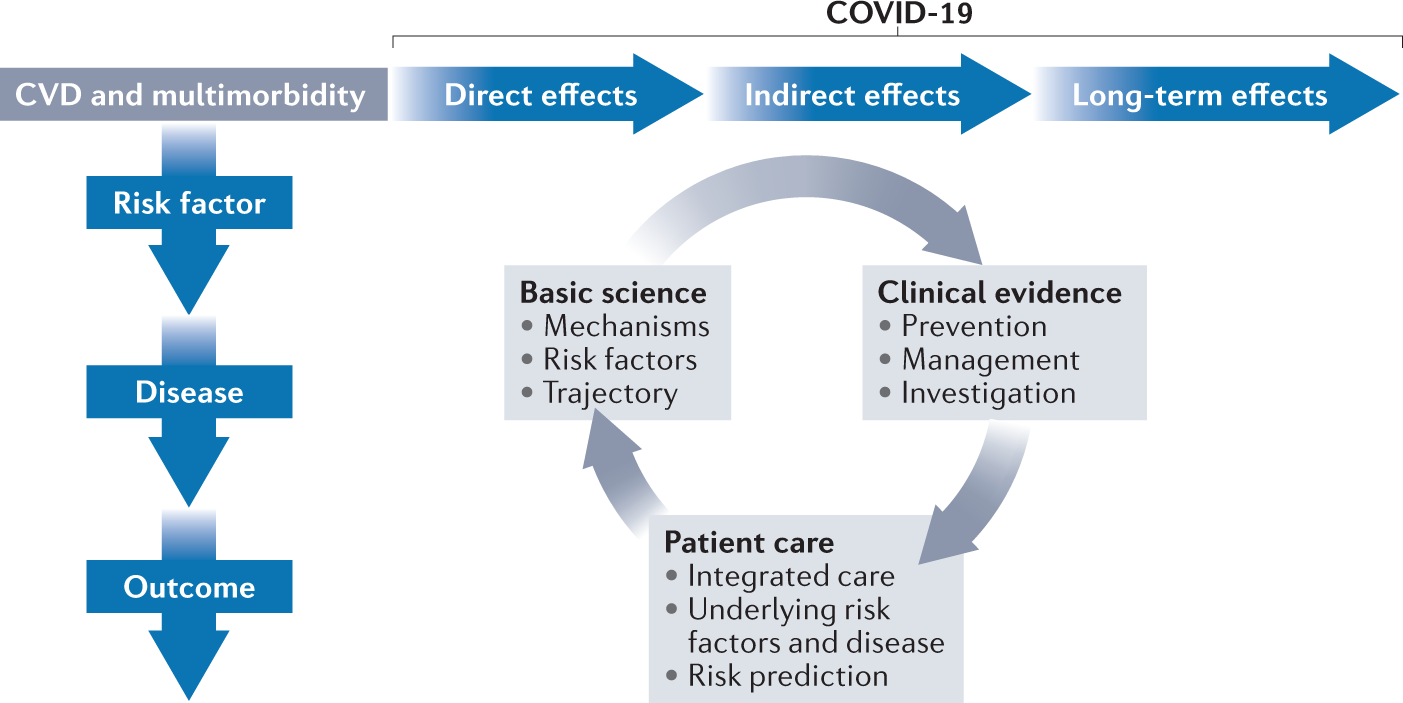Tobacco use the harmful use of alcohol raised blood pressure or hypertension physical inactivity raised cholesterol overweightobesity unhealthy diet raised blood glucose. Risk factors play a central part in prediction and prevention.

Histrionic Personality Disorder Causes Symptoms Treatment
Incorporated into this definition of risk factor is the concept of vulnerability which is a predisposition to a specific disease process.

. 18 of death Poor dietinactivity. Health risk factors are attributes characteristics or exposures that increase the likelihood of a person developing a disease or health disorder. High exposure rates Lack of a fully functioning immune system.
Many factors can add to a persons risk for drug abuse. Definition of diseases risk factors and symptoms. 15 of death Alcohol.
Although children are not responsible. However the basic epidemiologic approach to relating risk factors to health outcomes is more general than the specifics of either topic. Gender Gender differences also exist.
Patients with these additional risk factors especially diabetes had a substantially higher CVD risk and medical-care costs. Little is known however about the extent of risk-factor clustering in these patients and its importance. Risk factors can increase a persons chances for drug abuse while protective factors can reduce the risk.
Family history of a disease. Risk factors are often presented individually however in practice they do not occur alone. Sexgender male or female.
In low- and middle-income countries particularly those in Asia chronic diseases especially stroke heart disease hypertension diabetes cancer chronic lung disease and musculoskeletal disorders account for most of the. 4 of death Microbial agents. In this context parental involvement is an example of a protective factor.
Chronic Disease Risk Factors What are the Primary Risk Factors. Risk factors correlation and causation Something that increases the likelihood of developing a disease is called a risk factor. Risk factors were defined as conditions or measurements associated with the probability of disease or death 2122 not.
Diseases were defined based on the assumption that they were health conditions diagnosed by objective measures symptoms or both and that a distinct diagnostic code exists to describe them. Burden of disease analysis considers both the non-fatal burden impact of ill-health and fatal burden impact of premature death of a. The more risk factors you havesuch as smoking high blood pressure or diabetesthe greater your risk.
Quantifying relationships between two factors or one factor and the occurrence presence severity or course of disease. A strong association bw a risk factor a disease means that when the factor is present the likelihood of developing the disease increases. Reducing exposure to risk factors.
Risk factors persist over time Cluster Prominence of risk factors. Women are prone to suffer from iron deficiency during pregnancy. According to the World Health Report 2010 the major risk factors include.
You may be born with them or exposed to them through no fault of your own. Exercise and a healthy diet on the other hand can make your chance of developing heart disease lower than for most other people. In communities risk factors include neighborhood poverty and violence.
Factors that increase the risk of developing chronic disease are called risk factors. In many ways our. For example smoking is a risk factor for lung cancer.
1 The starting point is to understand that a correlate is a variable that is associated either positively or negatively with an outcome. Risk factors for cardiovascular disease are particular habits behaviors circumstances or conditions that increase a persons risk of developing cardiovascular disease including lack of exercise unhealthy eating smoking diabetes age and family history. In relationships risk factors include parents who use drugs and alcohol or who suffer from mental illness child abuse and maltreatment and inadequate supervision.
Risk factors are things in your life that increase your chances of getting a certain disease. Describe risk factors and their relationships to disease. A critical issue in any discussion of risk factors is to ensure that the term risk factor and associated terms such as correlate and marker are defined in a precise consistent manner.
Please note however that most individuals at risk for drug abuse do not start using drugs or become. Patients with hypertension often have other major risk factors for cardiovascular disease CVD. They often co-exist and interact with one another.
Describe risk factors and their relationships to disease Risk factors put from FSN 200 at Chapman University. O Risk factors for long-term diseases and cancers mainly affect older adults. Some risk factors are beyond your control.
A combination of individual relational community and societal factors contribute to the risk of child abuse and neglect. A strong association between a risk factor and a disease means that when the factor is present the likelihood of developing the disease increases. Research over the past two decades has tried to determine how drug abuse begins and how it progresses.
To ensure our health system is aligned to our countrys health challenges policy makers must be able to compare the effects of different conditions that cause ill-health and premature death. Risk factors are characteristics that may increase the likelihood of experiencing or perpetrating child abuse and neglect but they may or may not be direct causes. Risk factors and disease burden.
The following risk factors fairly common in the United States increase an individuals chance of contracting one of these diseases. A risk factor is a characteristic condition or behaviour that increases the possibility of getting a disease or injury. In health systems intended to address acute illnesses risk factors are often undiagnosed or inadequately controlled.
For example men are much more likely to be at risk of factors associated with addictive substances. Some risk factors that you have little or no control over include your. They are not intrinsically the disease but they may be necessary for a specific mental disorder to develop.
Vulnerability traits are identifiable and measurable and may sometimes be referred to as markers. Consider a population in which a disease or some other. Cardiovascular disease is a broad umbrella term used to describe all conditions affecting the.

Long Covid And Cardiovascular Disease A Learning Health System Approach Nature Reviews Cardiology

Efficacy Of A Family Based Cardiovascular Risk Reduction Intervention In Individuals With A Family History Of Premature Coronary Heart Disease In India Prolific An Open Label Single Centre Cluster Randomised Controlled Trial The Lancet

What Is Risk Management In Healthcare

Identifying Actionable Lifestyle Risk Factors For Obesity Research And Intervention Challenges And Opportunities For Pacific Island Health Researchers The Lancet Regional Health Western Pacific
0 Comments